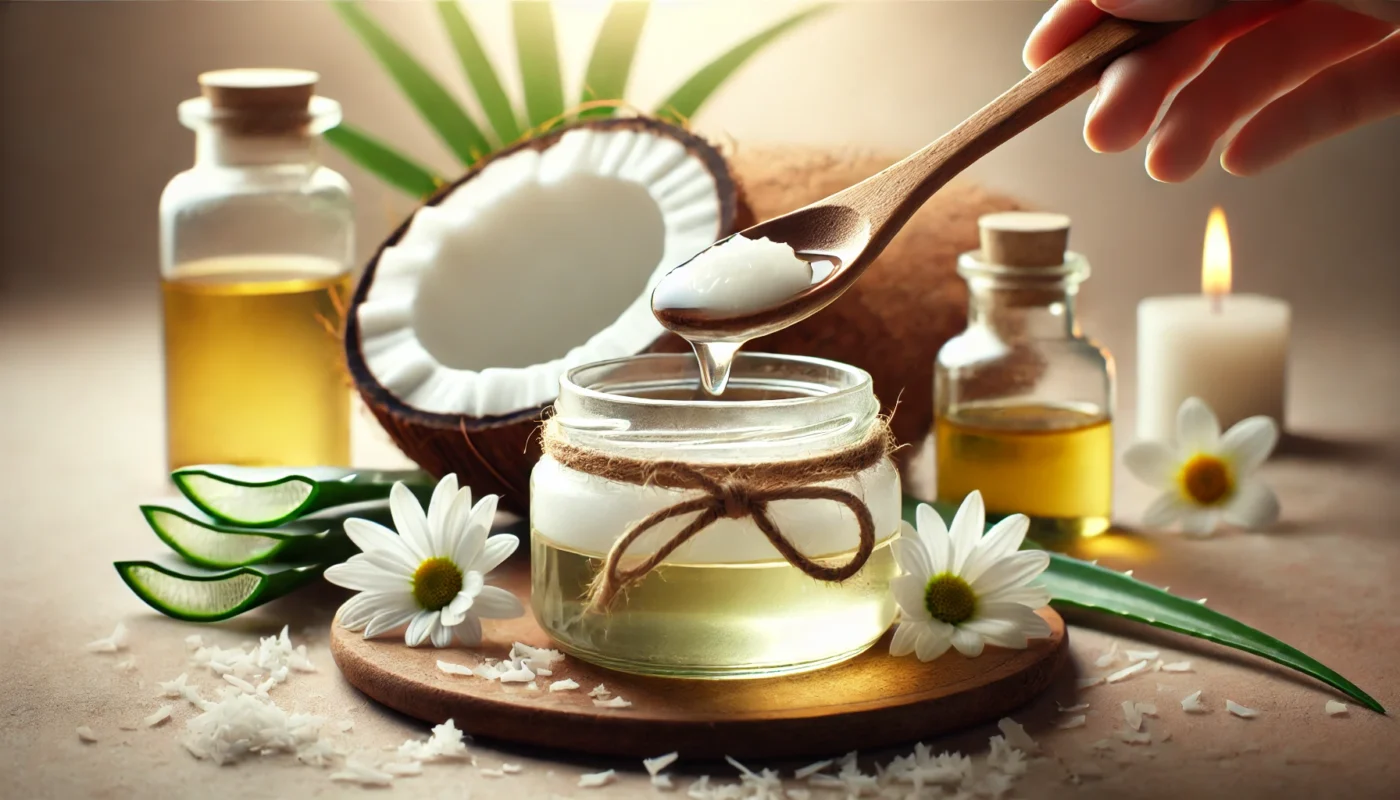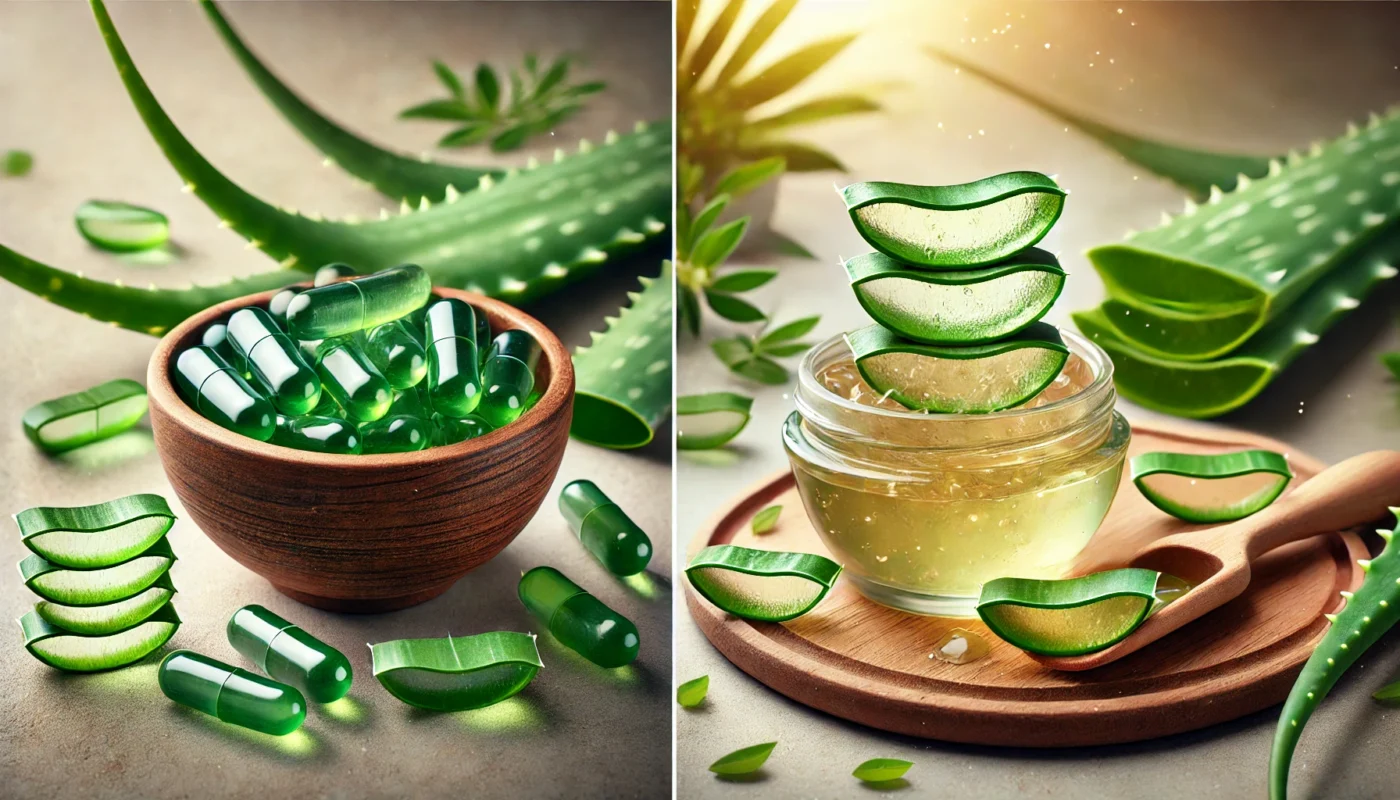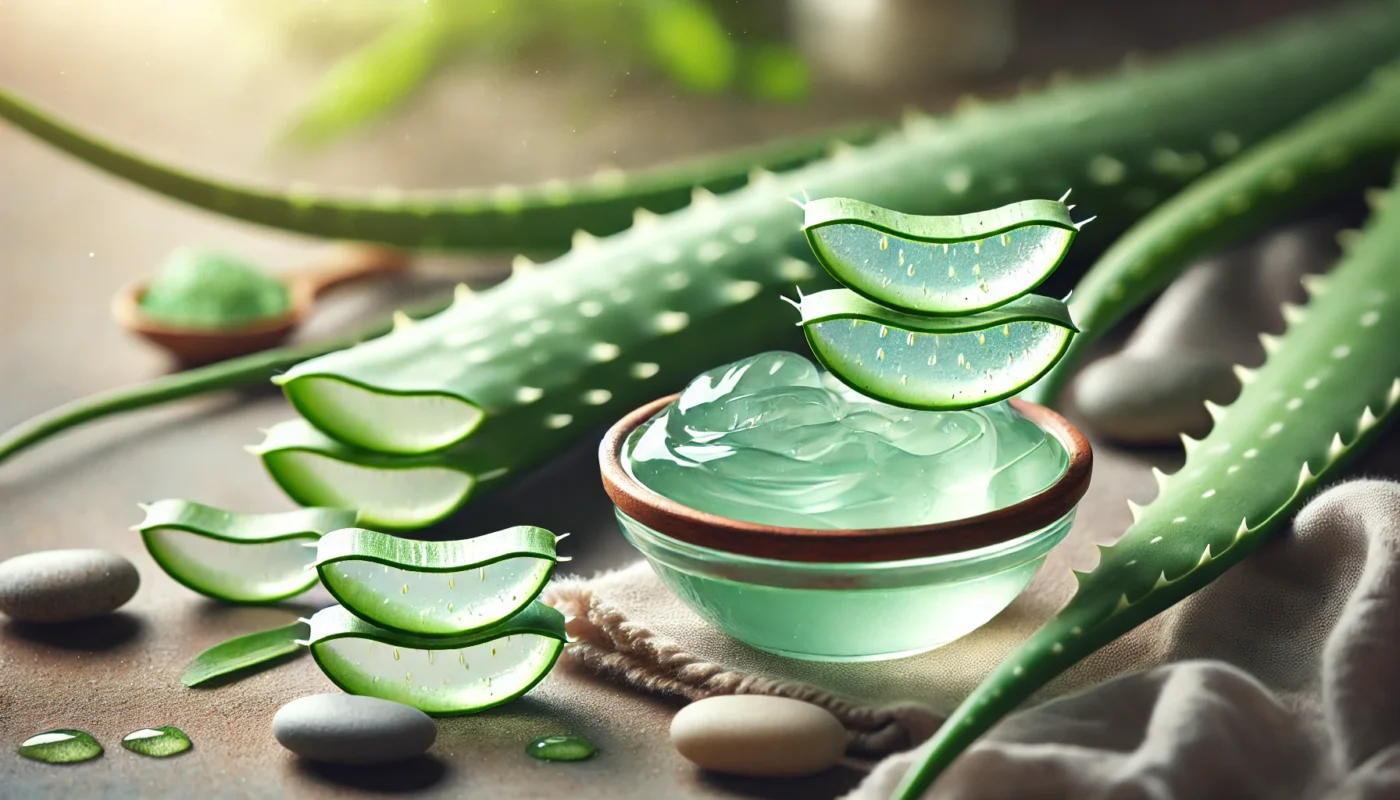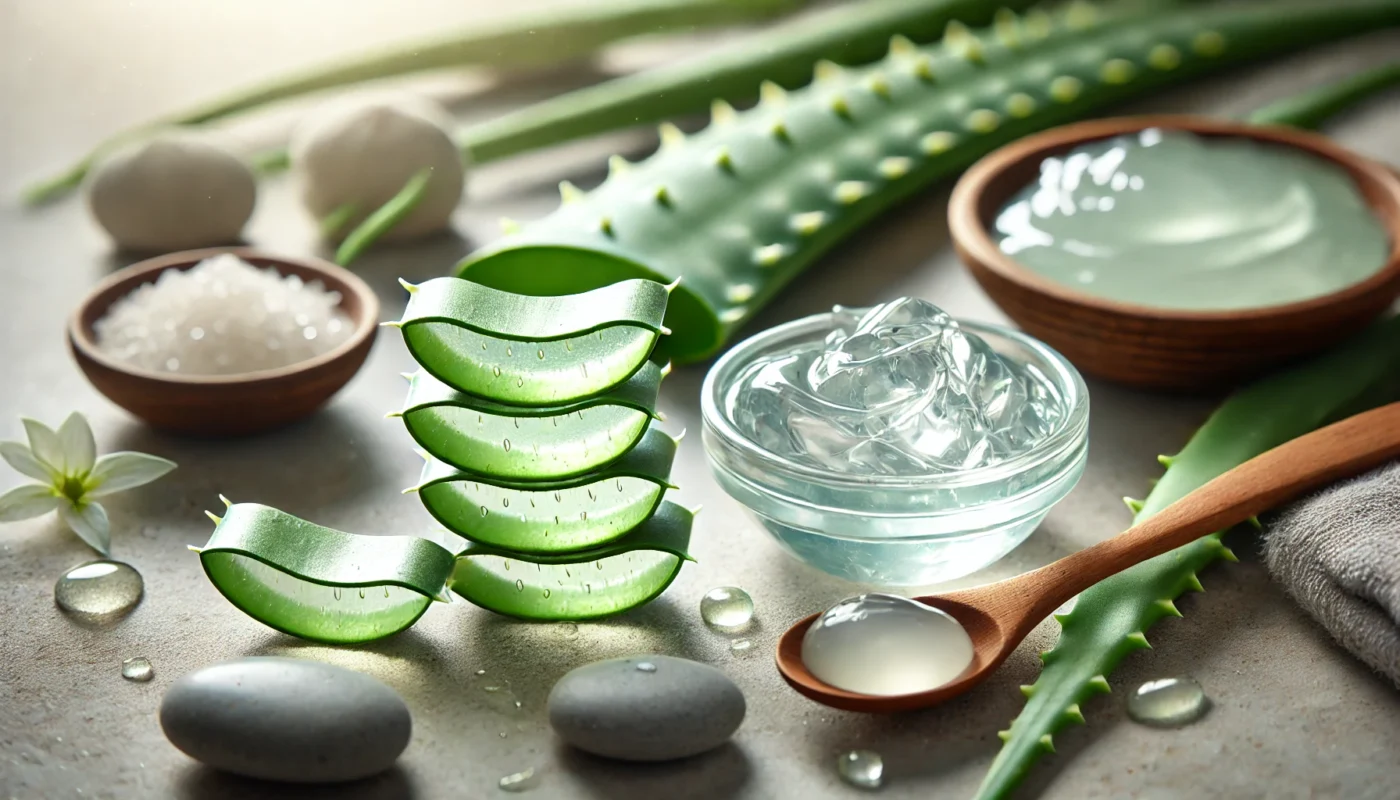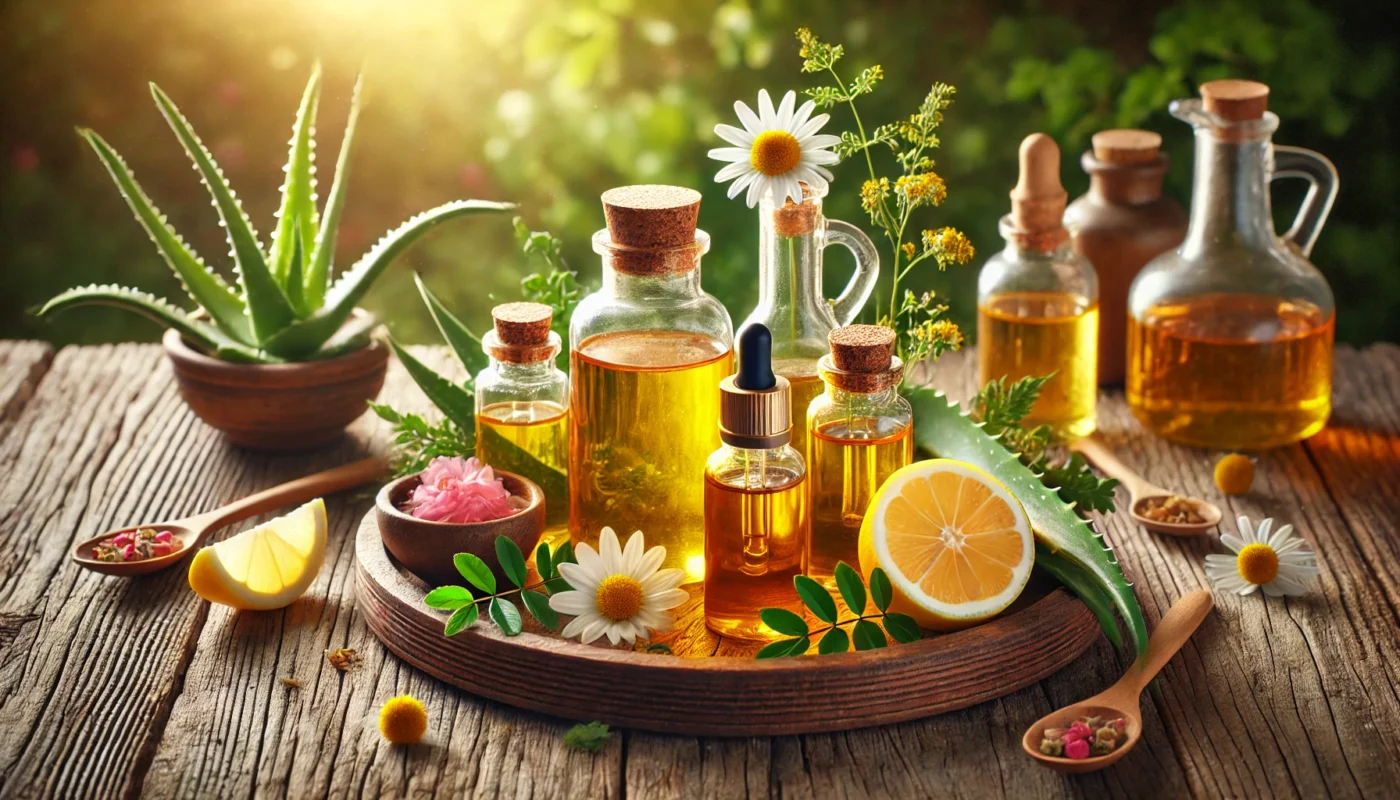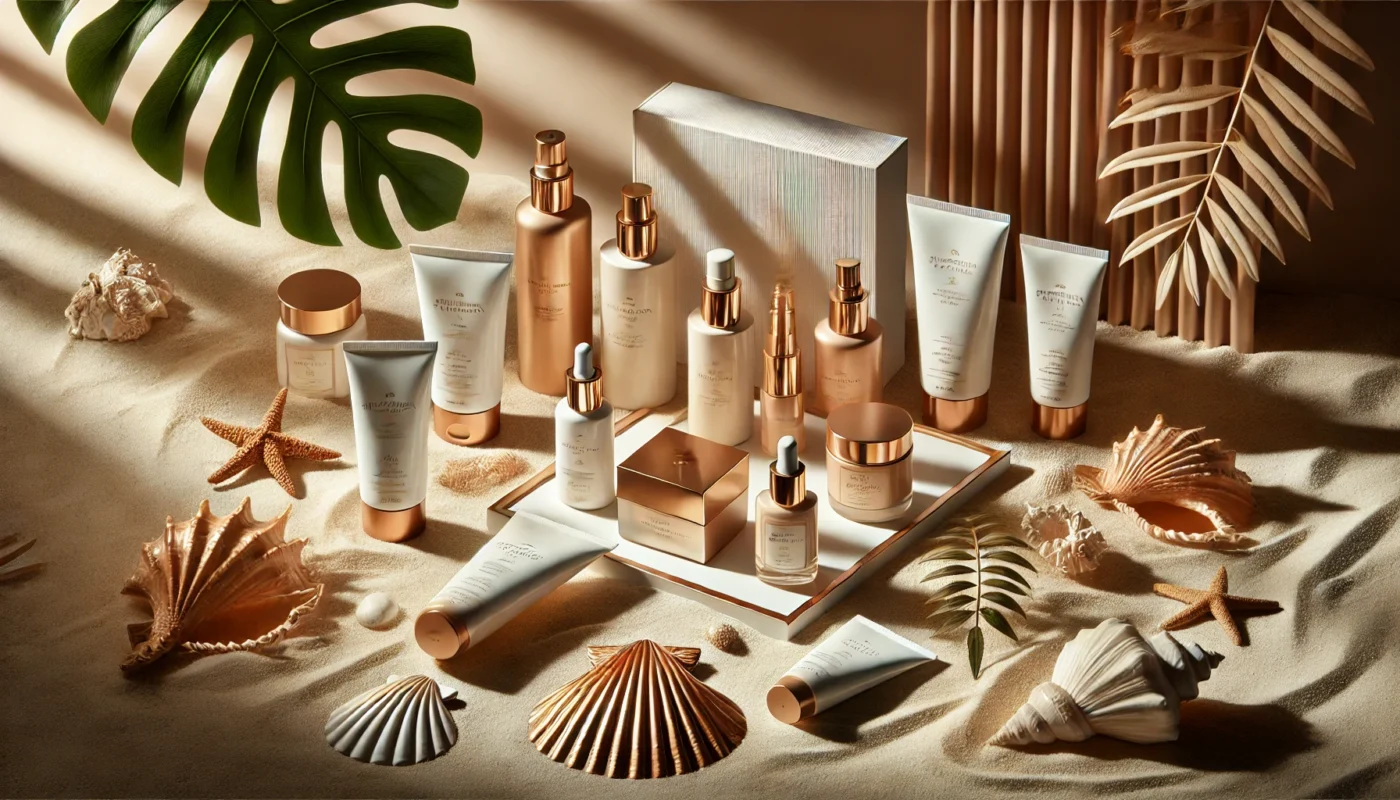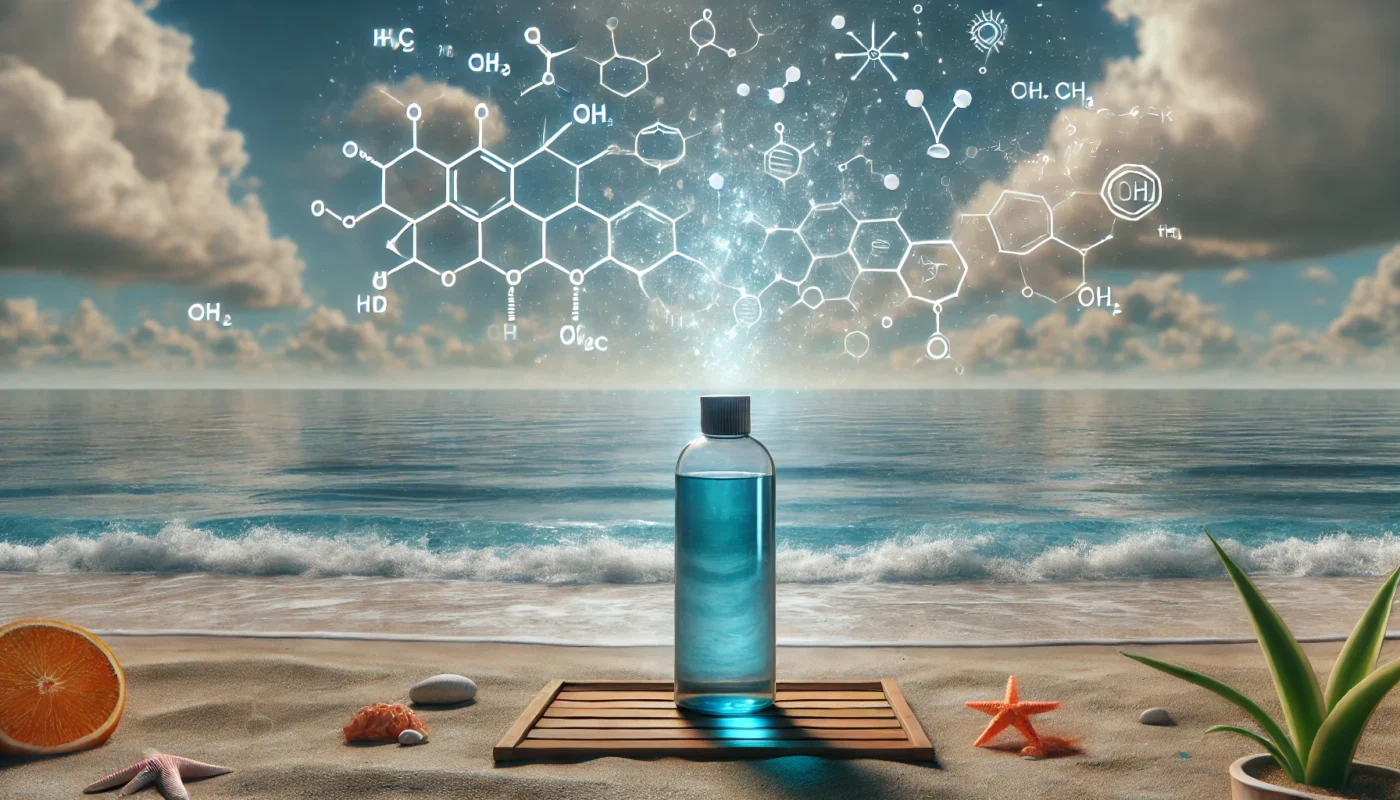In the realm of natural remedies, coconut oil has carved out a notable niche for itself. Known for its multifaceted applications, this tropical oil is not just a culinary delight but also a potent agent in the realm of skincare. Among its numerous benefits, its ability to soothe skin irritation stands out. For those grappling with the discomfort of rashes, coconut oil might just be the gentle, effective solution you seek.
Tag Archives: skincare
Aloe vera, often regarded as a wonder plant, has been an integral part of traditional medicine for centuries. Whether you’re interested in its skin-healing abilities or its digestive aid potential, understanding the nuances between aloe vera pills and gel forms is crucial. Each form offers distinct benefits that can cater to different health needs and preferences. In this article, we take a comprehensive look at aloe vera, its benefits, uses, and the scientific evidence supporting its applications, with a particular focus on comparing aloe vera pills to gel form.
When it comes to soothing burns, aloe vera gel stands out as a natural and effective remedy, often lauded for its incredible healing properties. But what makes aloe vera so beneficial for burn relief, and how can you harness its power? In this comprehensive guide, we’ll delve into the myriad benefits of using aloe gel for burns, backed by scientific research and practical advice.
Aloe vera has long been hailed as a miraculous plant, renowned for its impressive healing properties, particularly for the skin. Its use in traditional medicine spans thousands of years, with cultures across the globe praising its ability to soothe, heal, and rejuvenate. But what is it about this succulent plant that makes it such a potent ally for skin healing? In this article, we delve into the myriad benefits of aloe vera for skin healing, backed by scientific research, and provide practical advice for incorporating this botanical wonder into your skincare routine.
Before diving into the specific oils, it’s essential to understand how scars form. Scars are the result of the natural healing process following an injury to the skin. They form when the dermis, the second layer of skin, is damaged. The body produces collagen fibers to repair the damage, and this fibrous tissue results in a scar. Although scars are a natural part of healing, they can sometimes be aesthetically displeasing or uncomfortable.
Scarring is an inevitable part of the body’s natural healing process. Whether it’s a small cut, a surgical incision, or a significant injury, scars form as the skin repairs itself. Understanding the factors that affect scar healing duration can help you manage expectations and take proactive steps to improve healing outcomes.
In this article, we will delve into the causes of lip blisters, explore various prevention techniques, and discuss holistic and alternative remedies to keep your lips blister-free.
Sunburn is a prevalent issue that can impact anyone, but it poses a significant risk for individuals with fair skin. This skin type, characterized by lower melanin levels, is particularly vulnerable to the detrimental effects of ultraviolet (UV) radiation. This article will explore why fair-skinned individuals are more prone to sunburn, delve into the biological mechanisms of sunburn, and provide practical strategies for effective skin protection.
In the pursuit of optimal skin health and protection against the sun’s harmful rays, selecting the appropriate sunscreen for both face and body is essential. The plethora of options available in the market can be overwhelming, yet understanding the nuances of sun protection can significantly enhance your skincare routine. This article delves into the top […]
Sunscreens are composed of a variety of chemicals and minerals that work to block or absorb ultraviolet (UV) radiation. Understanding these components is key to selecting the right product for your skin type and lifestyle.

